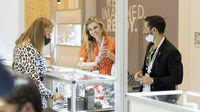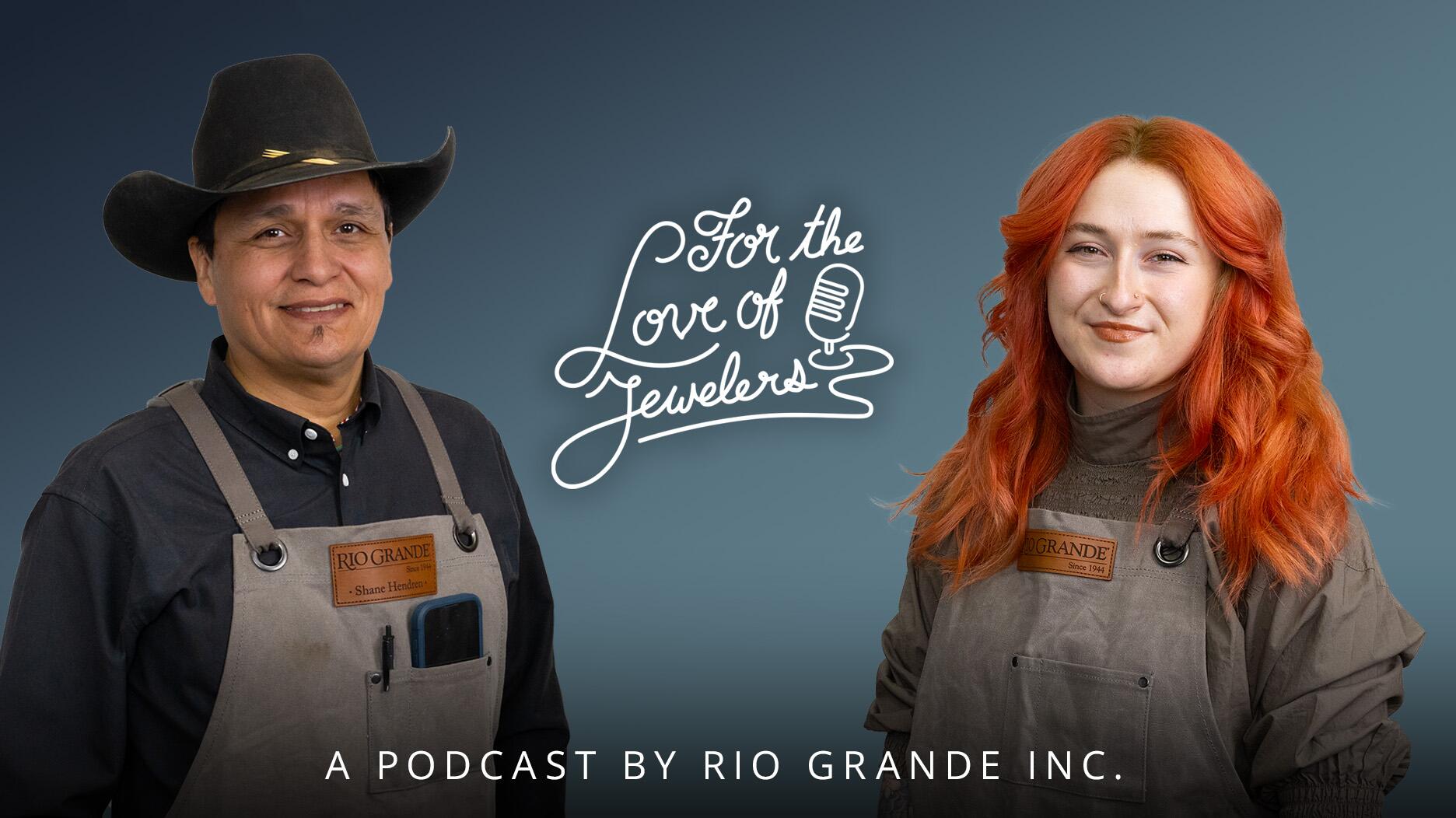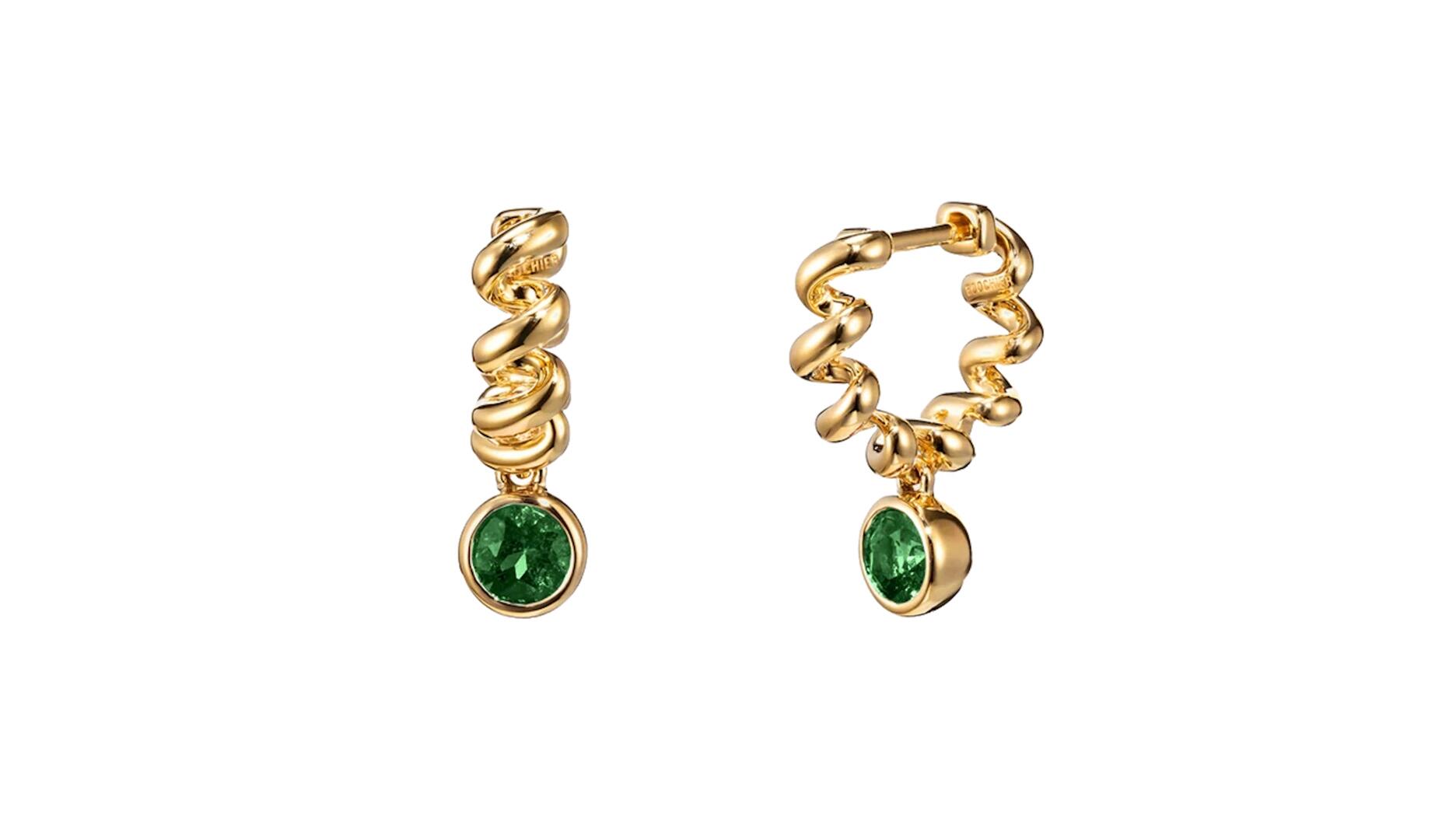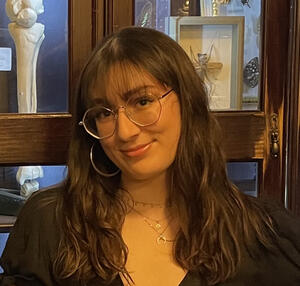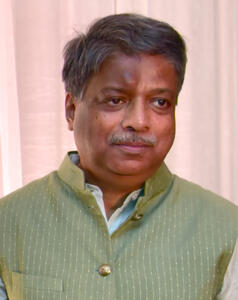A new addition to the “Heirloom” collection, this one-of-a-kind piece features 32 custom-cut gemstones.
11 Insights on Artisanal and Small-Scale Mining
Experts involved in mining around the globe discussed challenges and opportunities in the sector at the Chicago Responsible Jewelry Conference.
The mining side of the colored gemstone market is not without its issues and can feel like a major challenge when it comes to conversations around responsible sourcing.
But it’s a vital part of those conversations because it has such a tremendous impact on communities worldwide and plays an important role in the industry.
As Monica Stephenson of iDazzle and Anza Gems so succinctly put it during a panel at the recent Chicago Responsible Jewelry Conference: “Their challenges are our challenges, really. It affects all of us down the supply chain.”
While mining methods can vary from place to place, the challenges are largely the same.
Luckily, there are people in the industry already tackling those challenges head on, and a few of them came together during the conference for a panel on artisanal and small-scale mining.
Stephenson moderated the session. Panelists were: Salma Kundi Ernest, secretary general of the Tanzanian Women’s Mining Association (TaWoMA); Stuart Pool of Nineteen48, Rubyfair, Crown Gems and co-founder of Fair Luxury; Hewan Zewdi, co-founder of Gems of Ethiopia; Cristina Villegas, director of mines to markets at the NGO Pact; and Norbert Massay, Pact program manager.
Here are a few interesting takeaways from the panel, several of which reiterated the challenges and obstacles mentioned in the panel on gemstone cutting.
On establishing a transparent mine-to-market supply chain in Sri Lanka
“From the outset we wanted to make sure that we knew everything about the stones that we were going to be selling. And it became very quickly quite apparent that in order really to be able to say to people, to our customers, hand on heart, ‘we know exactly where the stones come from,’ it was going to be to actually own the whole supply chain.”
-- Stuart Pool
On what it’s like to be a miner in Sri Lanka
“Fortunately in Sri Lanka, we have a very good environment in terms of the mining and the sourcing of gemstones. It’s a very major part of the economy in the country, and it’s something they’ve been doing for centuries. There’s a very well-established framework, a good understanding of the industry, and there’s also a good legal structure. So we don’t face a lot of the issues that are faced in other countries about the marginalization of the mining communities or the illegal nature of mining activity.”
-- Pool
On providing assurances to customers about the origin of their gems
“I
-- Pool
On the challenges inherent in working with local Ethiopian miners
“The problem is mostly they don’t have any knowledge of the value of gemstones.”
-- Hewan Zewdi
On if the government is encouraging the gem trade
“The Ethiopian government and the Ministry of Mining have established actually a very traceable system from mine to market because all the artisanal miners are licensed and they have an association to back them up … And (the government is) more than happy and supportive for us to open small lapidaries to export and to expand this side of mining.”
-- Zewdi
On what they’re doing for their miners
“We … decided to add the miners as part of our company to share profits instead of just buying from them or contracting from them. We decided we need to add them to the mining profit and whatever we’re doing. They deserve it. They work hard. They have a very challenging job. They don’t have transportation. They don’t have water to the area. They don’t have schools. They struggle. They don’t even have a decent ladder to move down the whole to dig up stuff.”
-- Zewdi
On the challenges of mining in Tanzania
“She mentioned four challenges. One of them is they don’t have the equipment to do the work … The second one is knowledge about doing the mining. Actually they keep on asking every time, ‘Is there a machine that they can use to find out where is the pocket?’ Another one is the finances to do the work. For example, food for the people who are mining. Sometimes it’s difficult to get food to feed them. And the fourth one is the markets. It’s very difficult to get to markets. They only get local buyers whom they sell to for a very low price.”
-- Norbert Massay translating for Salma Kundi Ernest
“It’s true that paying for a license is (also) one of the key challenges among women. It costs about $400, which is very difficult for a normal woman who is mining to get $400.”
-- Massay for Kundi Ernest
On the impact of the GIA’s gem guide project
“Before this project began … it was really difficult for them to know the value of the materials they had. They were just selling whatever they thought was OK. After this project, they can identify, they can sort, they know how to wash and add value into the material … They are really now getting more money than when they didn’t have this project. It has added a lot of value into their life using a book and using a tray.”
-- Massay for Kundi Ernest
On the current ban on exporting rough in Tanzania (extended to all rough gems earlier this year in an effort to establishing cutting in country)
“It’s a big challenge. For her and for the communities, it is very difficult to sell now. So even when they know the quality of the rough they have, now they have been selling it at an even lower price compared to even before they knew the value.”
-- Massay for Kundi Ernest
“To fully understand the scope of the problem, you have to understand that Tanzania is not prepared to cut in any way, shape or form the amount of material that is coming out. It’s a grand noble gesture but there is no practicality to it.”
-- Monica Stephenson
The Latest

Last month in Dallas, David Walton pushed another jeweler, David Ettinger, who later died.

The move will allow the manufacturing company to offer a more “diverse and comprehensive” range of products.
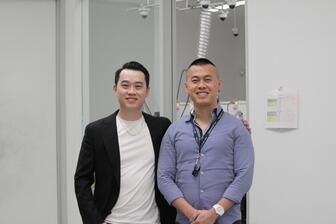
With Ho Brothers, you can unlock your brand's true potential and offer customers the personalized jewelry experiences they desire.
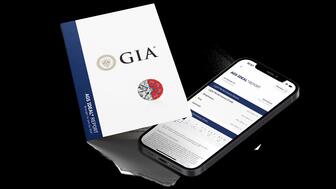
From now through mid-May, GIA will be offering the reports at a 50 percent discount.

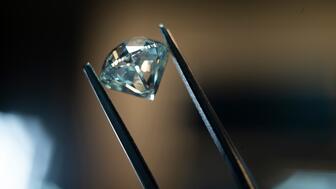
De Beers’ rough diamond sales were down 18 percent year-over-year in its latest round of sales.
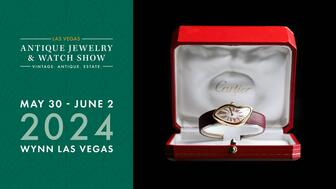

Sponsored by the Las Vegas Antique Jewelry & Watch Show

For over 30 years, JA has advocated for the industry, fought against harmful legislation and backed measures that help jewelry businesses.

The Patek Philippe expert will serve as personal curator for the brand-focused company.

The 553-square-foot shop is aboard the Carnival Jubilee cruise ship.

NDC filed a complaint against Skydiamond for use of phrases like “diamonds made entirely from the sky.”

John Carter received the AGS’s highest honor Tuesday afternoon at Conclave in Austin, Texas.

LVMH said the company performed well despite an uncertain geopolitical and economic environment.

B&D Sales and Service held a ribbon-cutting event for its new location in Cranston, Rhode Island.

It’s ultra-feminine and filled with gold, pearls, and soft pastels.

Emily Highet Morgan and Emily Bennett have joined the agency’s team.
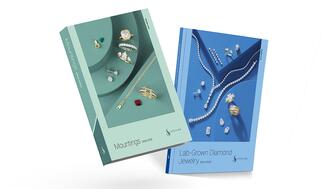
Its updated book for mountings is also now available.

She has been with the organization since 2010, most recently serving as its chief officer of PR and industry relations.

Joyce’s Jewelry sued the bank after cybercriminals drained its accounts of nearly $1.6 million through a series of wire transfers.

He is remembered by loved ones for his loyalty, integrity, and kindness.

Hosted by Freeman’s | Hindman, the sale will take place May 7-8.
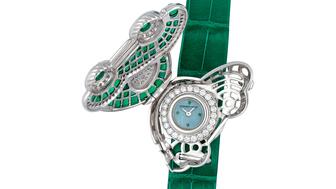
The auction house said all 24 timepieces offered in its underground sale of rare and avant-garde watches quickly found buyers.

From lab-grown diamonds and AI to the inevitable Taylor Swift mention, here are some of Conclave’s most intriguing educational offerings.

From cybersecurity liability to trade show coverage, insurance experts share tips on how to build the right policy.
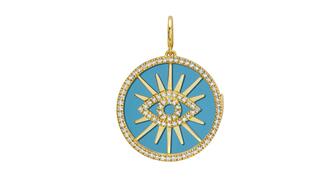
The charm is a modern rendition of the evil eye amulet that has been worn for thousands of years.

Ahead of its trade show next month, TJS awarded free registration and accommodations to one jewelry professional and three students.

By the end of this year, SRK’s diamond manufacturing complexes will achieve net zero emissions, one of an impressive array of achievements.

